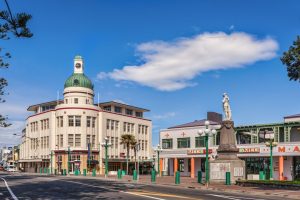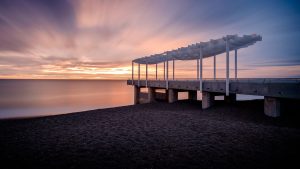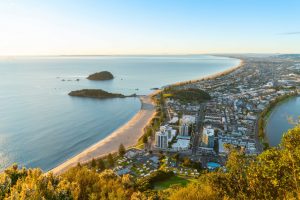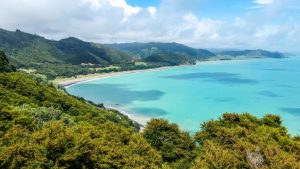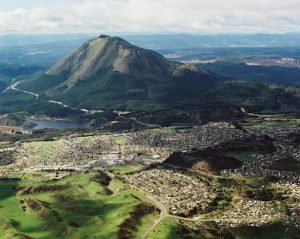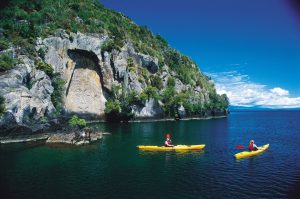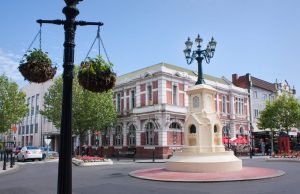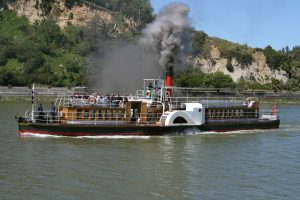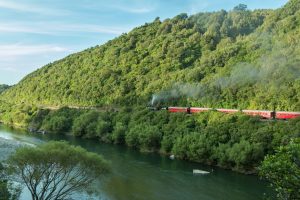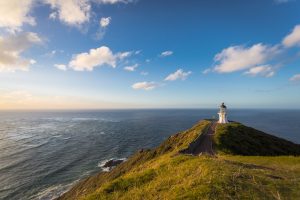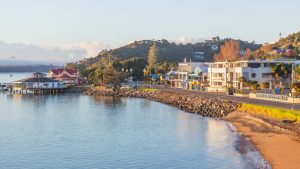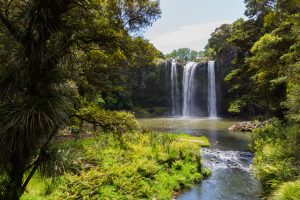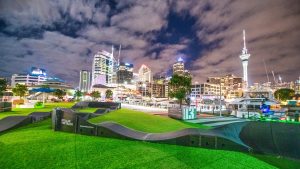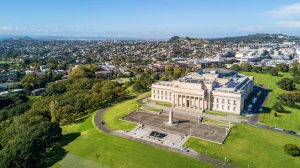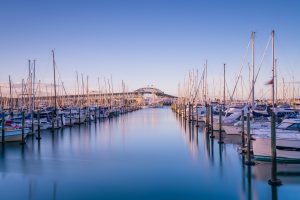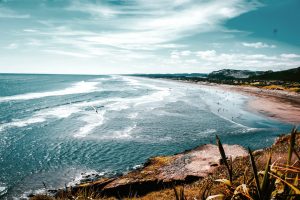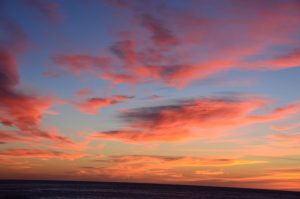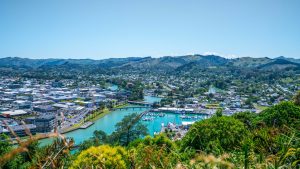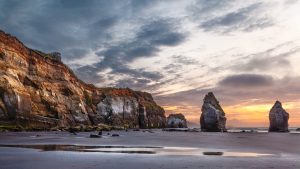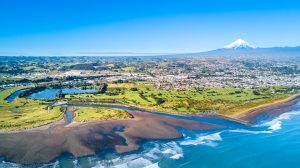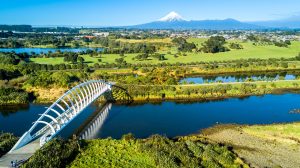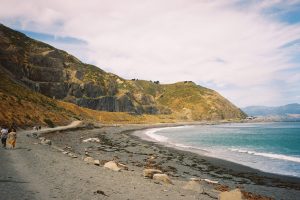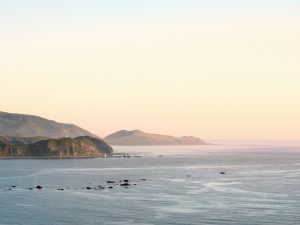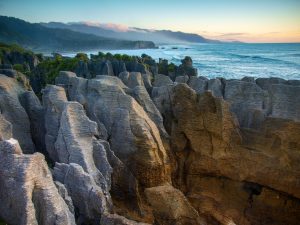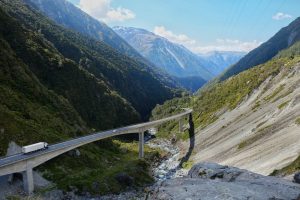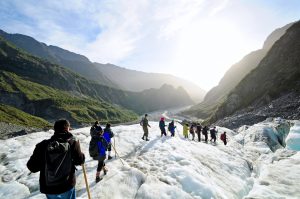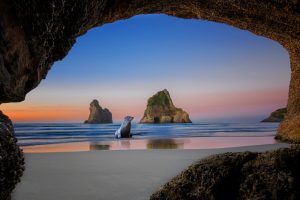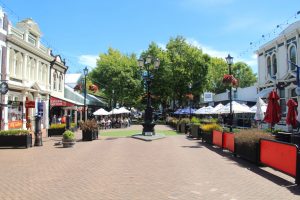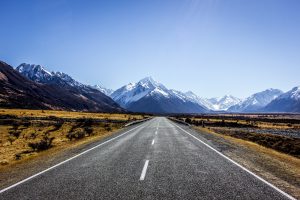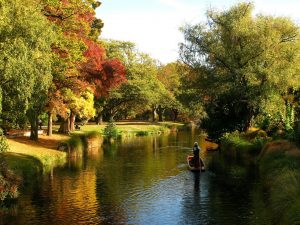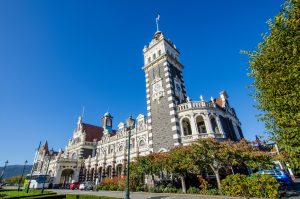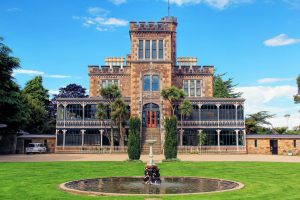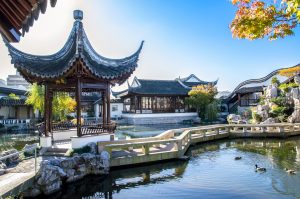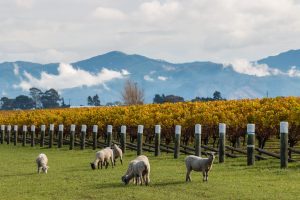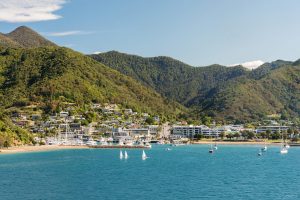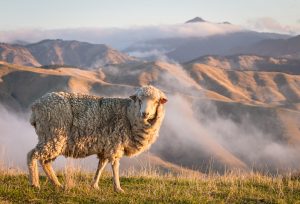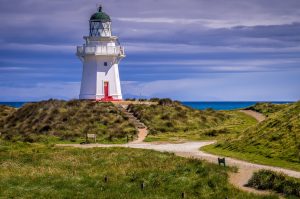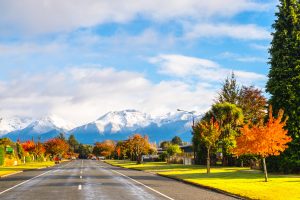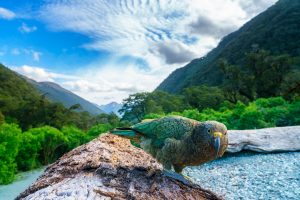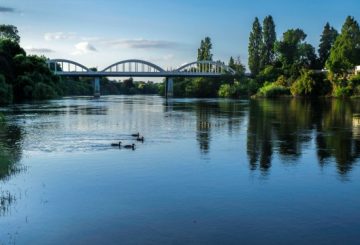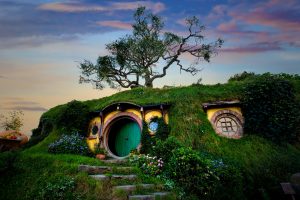动物章程
目的
《2008 年综合章程:第 2 部分-动物》赋予 2016 年狗政策的法律权力,并授予执行该政策的法律权力。它还规定了饲养动物、保护公众免受滋扰、维护和促进公众健康和安全以及保障动物福利的要求。
本细则是根据 2002 年《地方政府法》第 145 和 146 条、1996 年《狗管制法》第 20 条和 1956 年《卫生法》第 64 条制定的。1999 年《动物福利法》应该与本细则一起阅读。
1.定义
在本章程中:
动物具有 1999 年《动物福利法》中定义的含义,是指总督通过枢法令不时宣布为动物王国的哺乳动物、鸟类、蜜蜂或动物王国的任何其他成员的任何活体成员。
授权官员是指理事会代表其任命或授权的任何人士。
家畜是指作为家庭宠物保存的任何动物(包括鸟类或爬行动物,但不包括蜜蜂);任何工作犬;任何人为娱乐目的或为其职业或就业目的而保留的任何其他动物。
滋扰是指字典的定义(造成麻烦或烦恼的人、事物或情况;对社区或其成员有害或冒犯性的任何内容,并且存在法律补救措施)或 1956 年《卫生法》第 29 条所定义的法定滋扰。
家禽是指为它们生产的鸡蛋、肉类、羽毛或有时作为宠物而保存的家禽。
公共场所的含义在本章程第 1 部分中定义,是指在任何重要时间向公众开放或正在由公众使用的地方,无论是免费还是支付费用,以及该地点的任何所有者或占有者是否有合法权利将任何人排除或驱逐出该地点;以及包括任何飞机、气垫船、船舶或渡轮或其他载有或可供运载乘客以获得奖励的船只、火车或车辆。
农村地区是指理事会执行区计划中划分为 “农村” 的任何地区。
该法是指 1996 年的《狗管制法》。
城市地区是指根据议会的运营区计划没有划为 “乡村” 的任何地区。
2.需要理事会许可的活动
2.1《2008 年综合章程》第 1 部分(简介)概述了授予理事会允许任何人开展以下活动的流程。根据理事会认为合适的任何条件,可以给予理事会许可。
2.2 下列活动需要理事会事先书面许可:
2.2.1 动物场所
a. 建立或维持任何动物寄宿机构,包括狗日托服务。
b. 建立或维持宠物店、动物医院或避难中心,用于饲养、销售或治疗同时作为寄宿机构经营业务的动物。
2.2.2 将家畜(《狗政策》允许的情况除外)带入海滩区域(夏季限制)、受控公共场所、运动区(指定时间)、禁止公共场所、禁止进行特殊活动的场所(指定时间)等区域。
3.保持动物的一般条件
3.1 所有动物的存放方式不得或不可能成为滋扰、危险、攻击性或对健康有害。
3.2 所有动物必须通过可接受的营养、环境、健康和行为刺激以及充分的心理健康,确保它们获得足够的身体健康。
3.3 所有在逃而且不在其所有人财产内的家养动物,除家猫以外,都可被授权人员扣押和扣押。
3.4 该局可出售、重新归还或以其他方式处置任何根据第 3.3 条扣押和扣押的动物,如果动物被扣押和扣押后 7 天内尚未领取或归还。
3.5 喂动物
3.5.1 喂养动物可能会吸引老鼠或其他害虫,或导致过度污染到公共场所。不得在公共场所喂养任何动物(不包括狗),除指定区域外,或经市政局事先书面许可。
3.5.2 喂养区域将明确标明。在评估喂养动物的申请时,理事会将考虑以下因素:
a. 该活动是否可能吸引害虫或造成公共卫生问题
b. 该活动是否可能会造成滋扰或对野生动物造成不利影响。
4.猫
环境委员会于 2016 年 8 月 4 日通过了关于微芯片猫的细则。该章程将于 2018 年初生效,为主人提供 18 个月的时间来满足对猫咪进行微芯片的新要求。
4.1 所有 12 周以上的家猫必须打造微芯片,并在新西兰伴侣动物注册处注册该猫的微芯片。有关更多信息,请参阅:关于微芯片猫的新章程
5.狗
5.1 解释(狗)
海滩锻炼区是指狗可以在那里进行潜入运动的海滩区域。
夏季限制的海滩区是指夏季期间(从 12 月 1 日至连年 3 月 1 日)每天上午 10 点至晚上 7 点禁止携带狗的区域。这些区域被归类为受控的公共场所,在夏季上午 10 点之前和晚上 7 点之后,狗可以在冬季任何时候都可以带上皮带。
受控的公共场所是指任何允许狗只要带上皮带并由其主人控制的区域。
残疾辅助犬是指受过训练(或正在训练)以协助该法规定的残疾人的狗,包括导盲犬、听力耳狗或伴侣犬。
锻炼区是指在主人控制下允许狗出入的任何区域。
锻炼区域(指定时间)是指夏季早上 10 点之前和晚上 7 点之后(从 12 月 1 日至连续 3 月 1 日)允许狗脱露的区域,冬季任何时候都可以脱漏。
皮带是指附在狗狗项圈或安全带上的皮带或链条,足够坚固,可确保使用皮带的人限制和控制狗。
主人的含义如该法所定义的,包括每个拥有狗的人;或者拥有狗的每个人,或 16 岁以下拥有狗的人的父母或监护人。
禁止的公共场所是指任何时候不允许携带宠物狗的区域,无论是否出入。
禁止地点(指定时间)是指在指定时间内禁止宠物狗的地方。
工作犬是指为政府、警察工作的任何狗,是残疾辅助犬或商业活动的一部分。
5.2 需要理事会许可的活动
以下活动需要理事会事先书面许可:
5.2.1 养三只以上的狗
除非委员会事先书面许可,否则任何家庭(农村地区的家庭除外)不得总共保留三只以上的狗。三只以上 3 个月以上的狗需要获得许可,无论狗是否已注册,或者自主/占用者是该狗的注册主人。
5.2.2 在申请时,狗主人必须支付相关费用才能允许将三只以上的狗放在一个房产内。
5.2.3 在评估根据第 5.2.1 条提出的申请时,理事会将考虑授予理事会许可对邻里设施产生的影响。理事会的许可可能受其认为合适的任何条款、条件和限制的约束,包括:
a. 具体说明任何时候可以存放在场所的狗的数量
b. 具体说明安理会允许的期限
c. 关于养狗的目的的的限制
d. 提供狗的卫生、控制、监禁和定期检查
e. 规定保护其他人或财产免受狗的任何影响。
5.3 狗滋扰
5.3.1 如果授权人员、任何狗或在任何场所保养狗已成为或可能成为滋扰、伤害或危害健康、财产或安全的行为,该官员可以书面通知要求主人:
a. 减少在房舍内保存的狗的数量
b. 建造、改变、重建或以其他方式改善用于容纳或容纳狗的窝舍、围栏或其他建筑物
c. 采取授权官员认为必要的行动,以尽量减少或消除对健康、财产或安全造成的滋扰、危害或伤害的可能性。
5.3.2 业主必须在通知指定的时间内遵守根据第 5.3.1 条发出的任何通知。
5.4 狗区
5.4.1 理事会可通过公开通知的决议,宣布任何公共场所为下列分类之一,并可对该领域实施禁令和限制:
a. 受控的公共场所
b. 练习区
c. 锻炼区域(指定时间)
d. 海滩运动区
e. 海滩区域(夏季限制)
f. 禁止的公共场所
g. 禁止的公共场所(指定时间)。
5.4.2 不在私人土地上的狗必须始终被牵引起来,并在其所有者的控制之下,除非在指定的离开区域(在那里它们可以离开,但仍需要在所有者的控制之下)。
5.4.3 在下列情况下,允许狗进入该委员会控制的任何墓地:
a. 该章程的这一部分得到遵守
b. 狗始终处于主人的控制之下,并随时带着绳子。
这一条款是根据 1964 年《葬葬和火化法》制定的。
5.4.4 任何狗的主人将确保其狗不进入任何公共场所,违反理事会根据第 5.4.1 条规定的分类、禁令或限制。
5.4.5 在决议第 5.4.1 条规定的时间内,任何狗的主人可以在夏季限制的任何运动区、运动区(指定时间)、海滩运动区或海滩区内将其狗狗放在皮带上。
5.4.6 尽管第 5.4.1 条规定了任何限制,但当时工作的任何工作犬可以在需要的情况下不带皮带进入受控制的公共场所,以及根据第 5.4.1 条宣布的禁止公共场所、海滩区域(夏季限制)或禁止场所(指定时间)。
5.4.7 任何残疾辅助犬的主人可以在受控的公共场所、禁止的公共场所、夏季限制的海滩区域或根据第 5.4.1 条宣布的禁止场所(指定时间)将其狗放在不带。
5.4.8 确定锻炼区域的标准
用于确定狗的锻炼区域的标准包括:
a. 该区域没有广泛用于运动或其他目的
b. 该地区面积相当大,可以进入适当
c. 有足够的视线
d. 该地区与邻近地区有很好的界限
e. 对其他群体没有潜在风险
f. 如果新区域毗邻道路,则必须围起围栏。
g.
6.其他动物
6.1 家禽
6.1.1 家禽必须充分存放在所有者的财产内,以免造成(或可能引起)滋扰、犯罪或损害健康。
6.1.2 需要理事会许可的活动
a. 除非该委员会给予书面许可,否则不得将公鸡关押在城市地区。
b. 市区任何物业的所有者或占有者未经市区事先书面许可,不得储存不超过 8 只鸡(或其他家禽)。在评估允许超过 8 只鸡(或其他家禽)的申请时,理事会会考虑:
i. 场所里的家禽数量
ii. 为家禽的福利、卫生、控制和限制提供
iii. 规定保护其他人或财产免受家禽的任何影响
iv. 房产的规模和邻居的邻近程度,以及
v. 它认为相关的任何其他因素。
安理会可以对其发出的任何许可强加它认为合适的任何条件。
6.2 山羊
6.2.1 山羊必须佩戴耳牌(RFID 标签或类似标签)或项圈,以表明它们不是野性,这样如果抓获山羊,就可以追踪所有者。
6.2.2 所有保存在城市的山羊必须限制在其所有者的财产内。
7.犯罪
7.1 凡以下人士都是犯罪行为:
a. 以对健康有害或可能成为滋扰、危险、攻击性或有害健康的方式保持动物
b. 作为家猫以外的任何家畜的所有者或拥有照料、监护或控制,并且不能充分限制它以防止它走向任何道路或停车场;侵入任何土地或进入或过境任何住宅物业或公共场所
c. 在公共场所伤害任何家畜,未能提供援助
d. 在公共场所杀死任何家畜并允许它留在公共场所
e. 埋葬该地区任何地方的任何动物尸体,以会或可能成为滋扰、有害或危害健康或安全的方式埋葬任何动物尸体。
7.2 在以下情况下,每位狗主人或当时拥有该狗的人都是犯罪行为:
a. 允许他们的狗在感染传染病或季节是狗狗时进入或在公共场所
b. 当狗在任何公共场所或在狗主人占用以外的土地或场所排便时,不会立即捡起、取出和/或处理狗的粪便
c. 允许他们的狗(当时正在工作的犬除外)进入公共场所,除非它被皮带控制,或者除非第 5.4.1 条下的决议允许。

